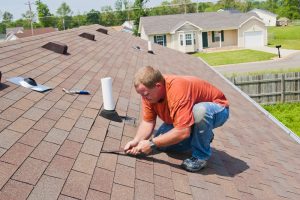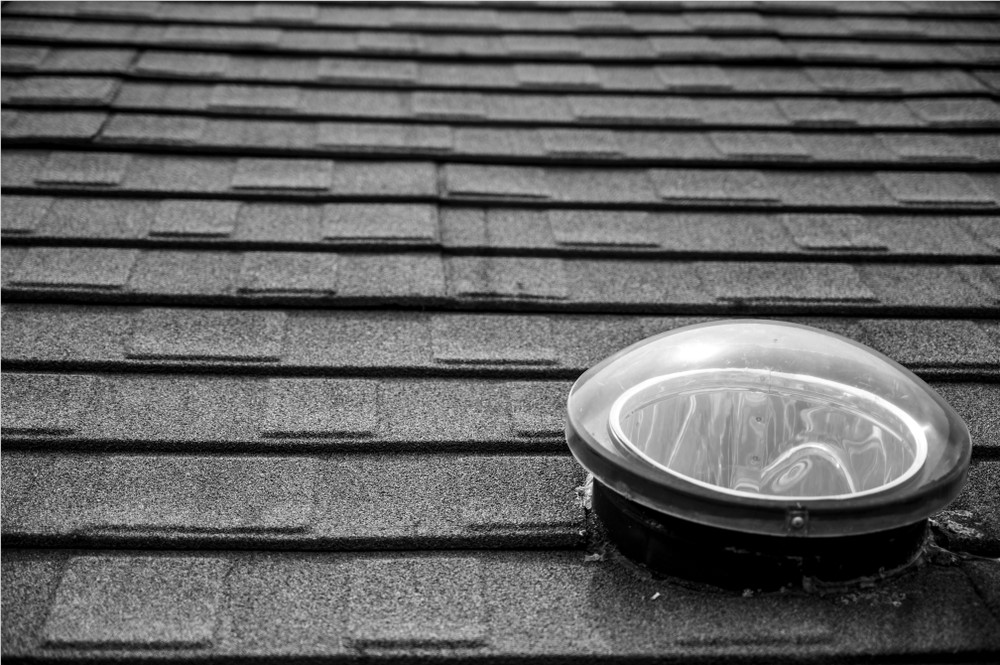 Ventilation is the V in HVAC, an important aspect of keeping the air quality and temperature control in your home functioning optimally. Put simply; it involves the flow of air throughout space between intake and outtake points. Ventilation can be managed mechanically, or naturally through a system that harnesses principles of physics, such as hot air rising (known as the stack effect).
Ventilation is the V in HVAC, an important aspect of keeping the air quality and temperature control in your home functioning optimally. Put simply; it involves the flow of air throughout space between intake and outtake points. Ventilation can be managed mechanically, or naturally through a system that harnesses principles of physics, such as hot air rising (known as the stack effect). Types of Roof Vents
Choosing the right type of roof ventilation for your home is contingent on its structure and site exposure to wind, sun, and other elements. Vents come in two sizes that work together: exhaust (air out) and intake (air in), but there are several different styles.Exhaust
Roof louvers and gable louvers are mounted on the outside of your roof and are visible to the naked eye. Ridge vents are tucked away more discreetly. These types of vents work with the wind outside the home to keep air flowing. Most wind turbines and all power attic ventilators require electricity to operate most effectively.Intake
Intake vents are installed at roof eaves under the soffit, at the drip edge, or under the shingles at the roof's edge. They allow cool air to enter the attic space, forcing warm air to exit through the exhaust vents.Advantages of Good Roof Venting
Ventilation in the roof of a building can be extremely important. Here are just a few of the main reasons why:- Good roof ventilation can prevent condensation and structural damage from moisture collecting on timber, under shingles and insulating materials.
- It can lower energy costs associating with heating and cooling your home by harnessing the elements to create a passive system of circulating air.
- More consistent temperature levels with the home and overall improved comfort and well being. Circulating air tends to be healthier for human occupants. Those with sensitivities can combine vents with filters to trap allergens.
Subscribe to Batterbee Roofing's Blog







Comments